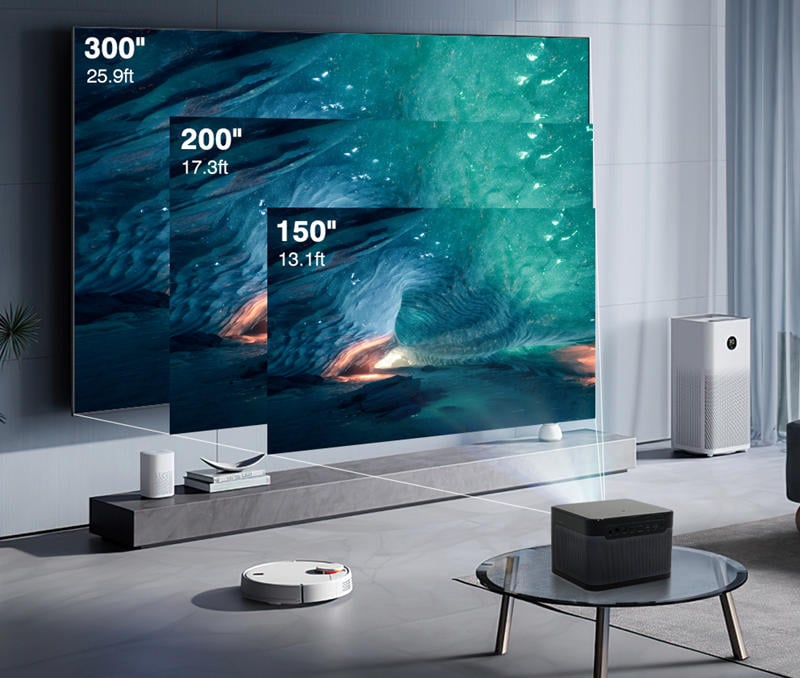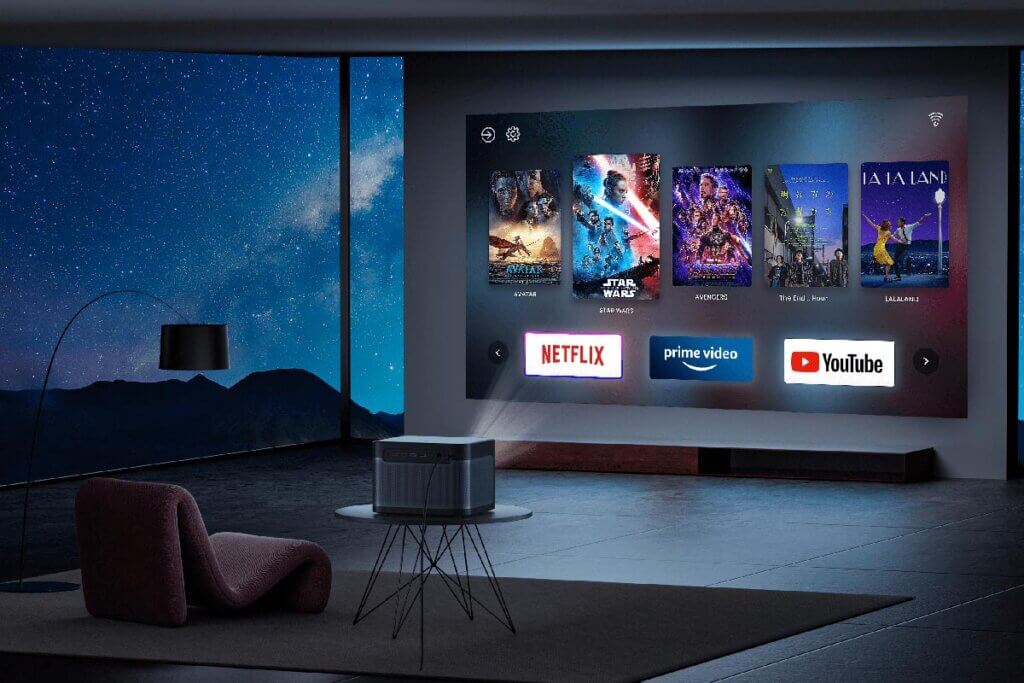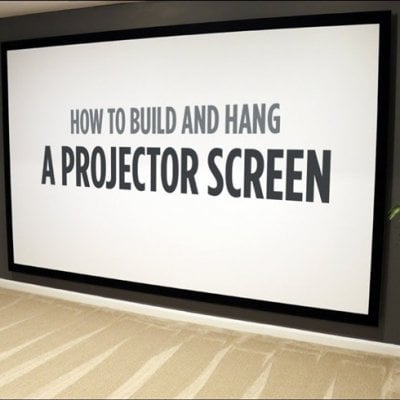Introduction
Choosing the right projector screen is crucial to ensuring an optimal viewing experience for your presentations, movies, or gaming sessions. With a wide array of options available in the market, it can be overwhelming to make the right choice. In this article, we will provide you with a comprehensive guide to selecting the perfect projector screen that suits your needs and preferences.

Consider the Screen Type
When choosing a projector screen, the first step is to determine the type that aligns with your requirements. The most common types include fixed-frame screens, motorized screens, portable screens, and manual pull-down screens. Fixed-frame screens are best for dedicated home theaters, while motorized screens offer convenient automation. Portable screens are ideal for on-the-go presentations, and manual pull-down screens are budget-friendly and versatile.
Aspect Ratio and Screen Size
The aspect ratio of the screen determines the shape and size of the projected image. The standard aspect ratio is 16:9, ideal for widescreen HD content, while 4:3 is suitable for older presentations. The screen size should be proportionate to the viewing distance and the room’s dimensions. Measure the distance from the screen to the audience and select an appropriate size for a clear and immersive display.

Screen Gain and Material
Screen gain refers to the reflectivity of the screen material. High gain screens enhance brightness, making them ideal for rooms with ambient light. Low gain screens offer a wider viewing angle and are suitable for dedicated home theaters. Consider the material of the screen, such as matte white, grey, or acoustically transparent screens, based on your room’s lighting conditions and audio requirements.
Ambient Light Considerations
Assess the lighting conditions in your room before choosing a projector screen. If your room has windows or ambient light, opt for a high-gain screen or consider installing blackout curtains to minimize light interference. For darker rooms, a lower gain screen will provide better image quality with minimal hotspotting.

Installation and Placement
Determine the installation method that suits your space and preference. Fixed-frame screens require wall mounting, while motorized screens can be ceiling or wall-mounted for easy concealment. Portable screens offer flexibility in placement, making them suitable for various locations. Consider your room layout and the desired viewing angles when installing the screen.
Budget and Quality
Set a budget for your projector screen, considering the features and specifications that align with your needs. While investing in a high-quality screen can enhance your viewing experience, there are budget-friendly options available that offer satisfactory performance. Look for reputable brands and read customer reviews to gauge the screen’s quality and durability.
Conclusion
Selecting the right projector screen is essential to create a captivating and immersive visual experience. Consider the screen type, aspect ratio, screen size, material, ambient light conditions, installation method, budget, and quality before making your final decision. With careful evaluation and consideration of your specific requirements, you can find the perfect projector screen that complements your projector and delivers outstanding results for your presentations, movie nights, or gaming sessions.




